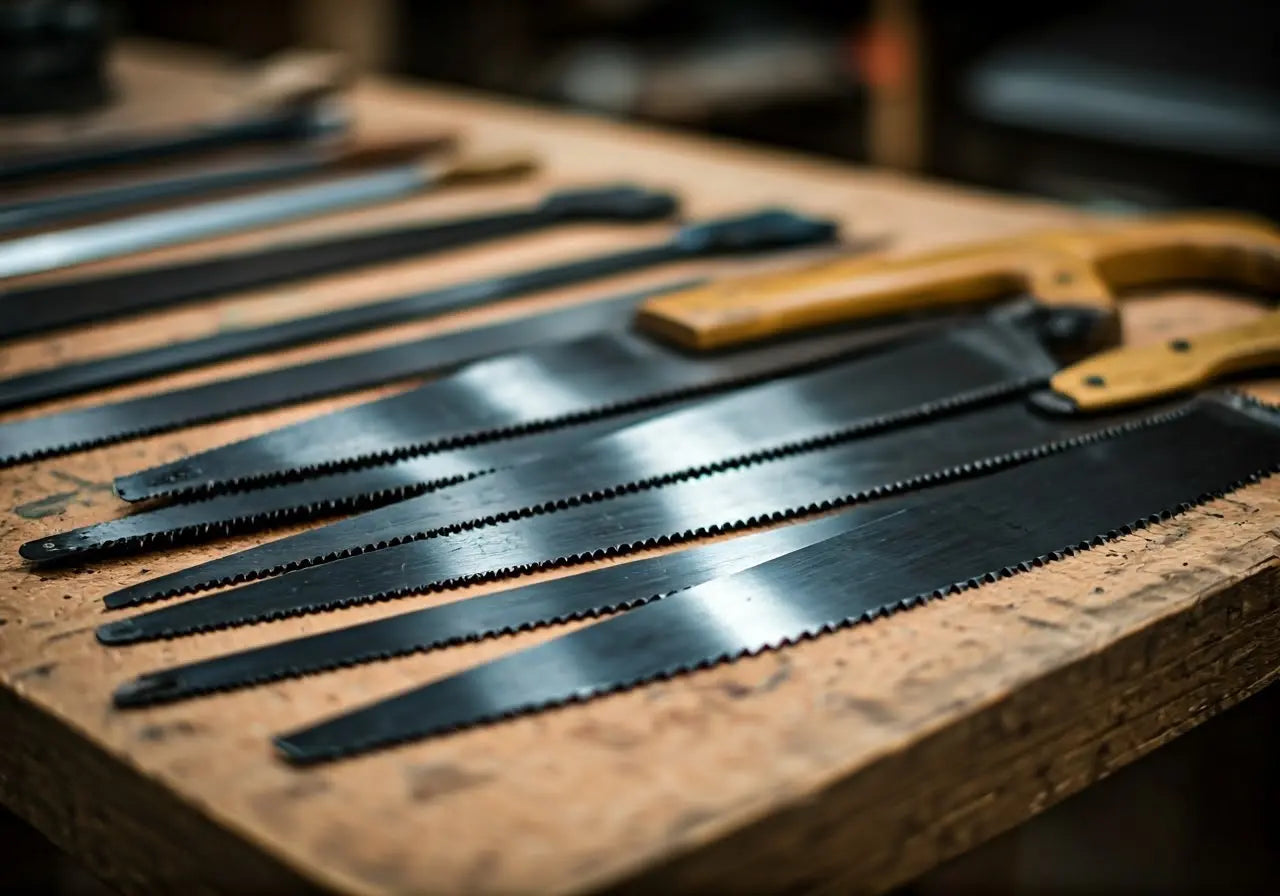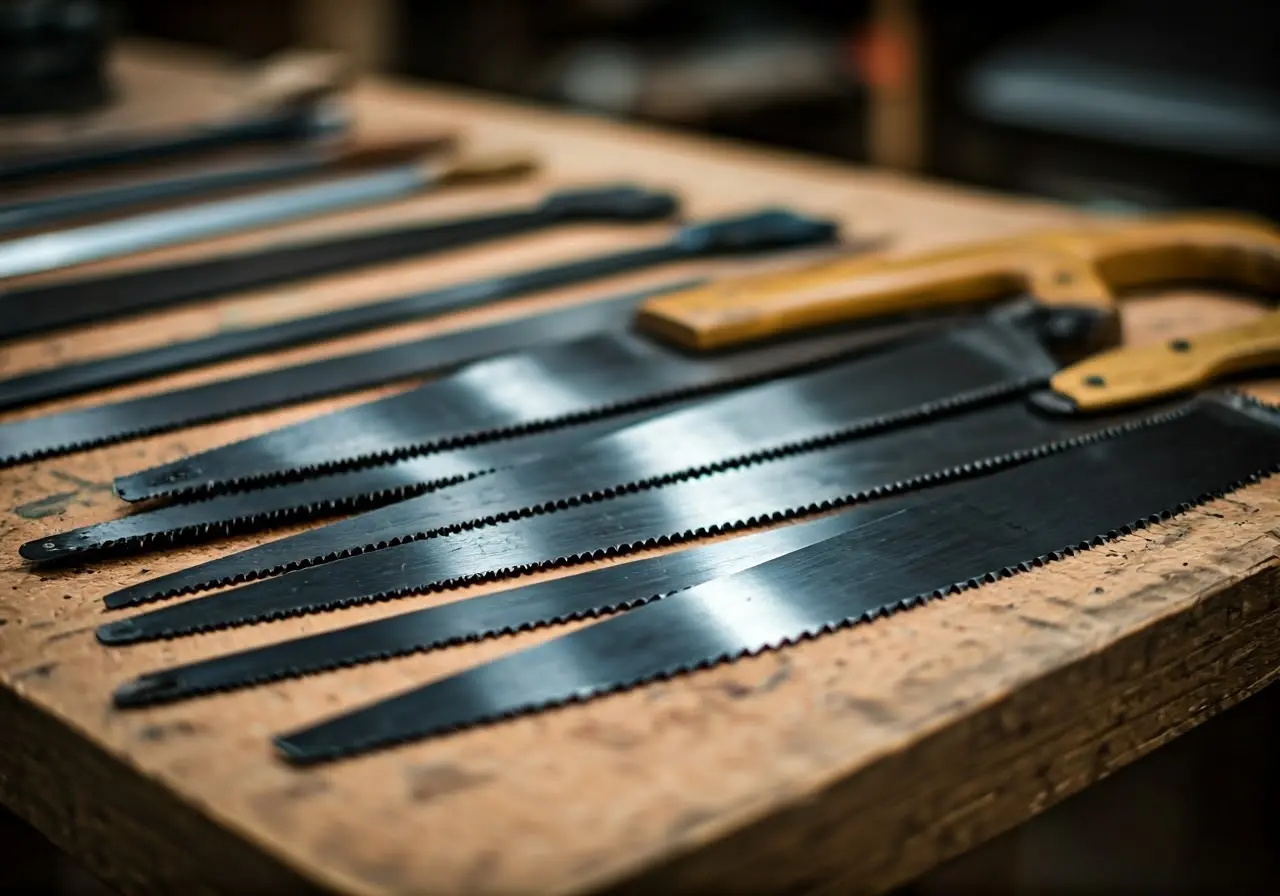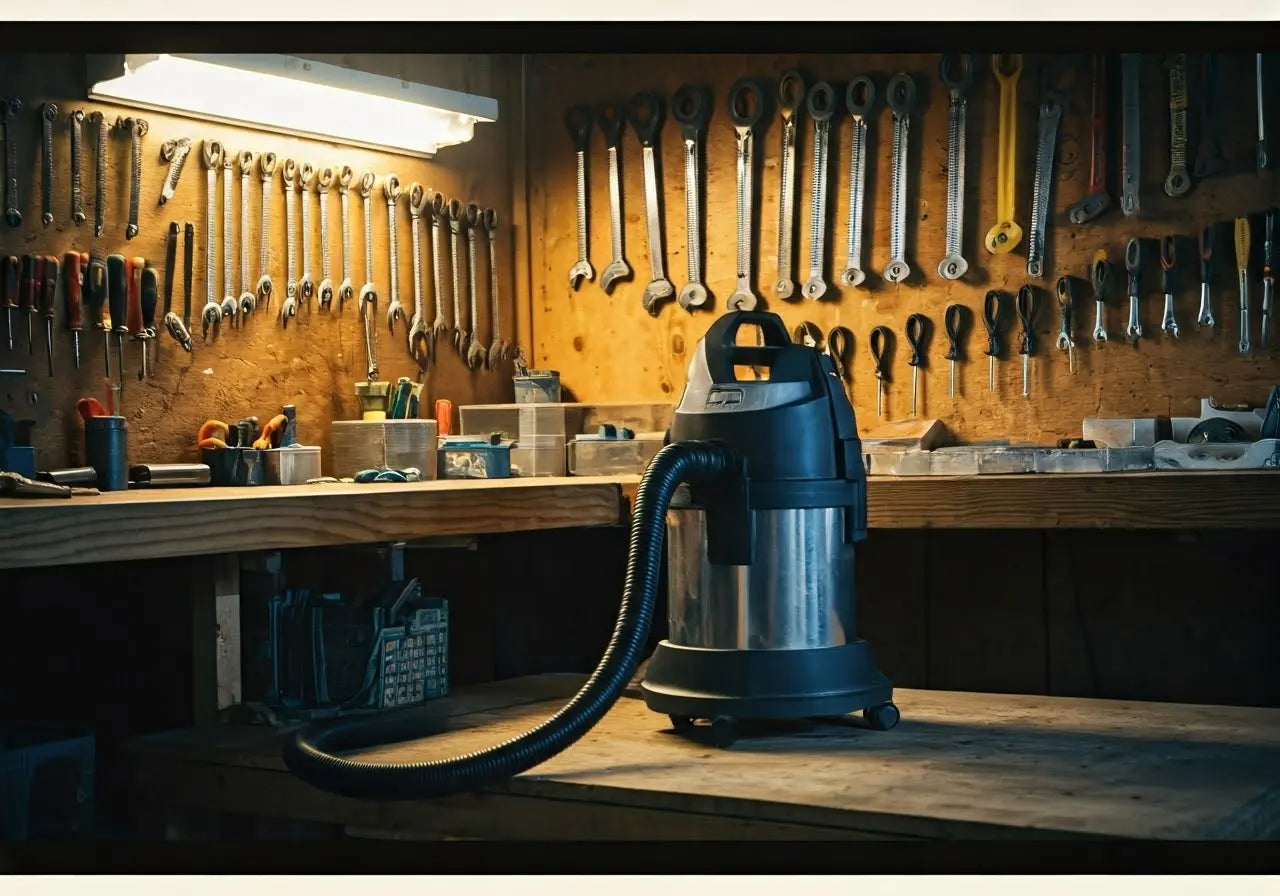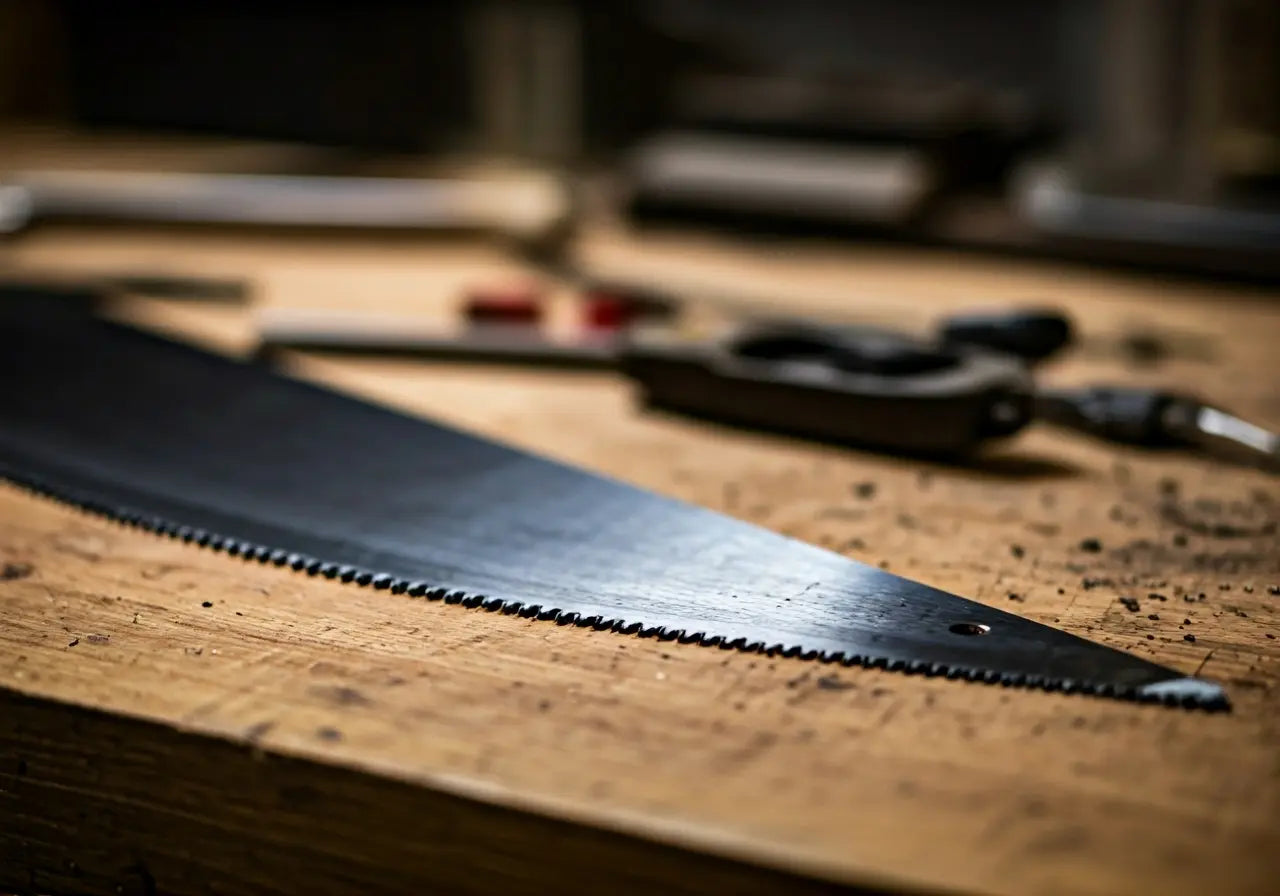Navigating the world of saw blades can be daunting, especially if you’re gearing up for your next big project. With so many options available, it’s crucial to pick the right one to ensure safety, efficiency, and a perfect finish. In this guide, we’ll break down the essentials to help you make a well-informed choice.
Understanding Saw Blade Types
Saw blades come in various types, each designed for specific tasks. From crosscut and rip blades to specialty options like dado sets, each type serves a unique purpose. Understanding these differences is the first step in making an informed decision.
Crosscut blades are specifically crafted to cut across the wood grain, making them ideal for precision work where a clean edge is desired. On the other hand, rip blades are meant to cut along the grain, featuring fewer teeth and deeper gullets to handle larger material volumes. For those involved in cabinetry or complex joinery work, a dado set can be invaluable due to its ability to make wide, flat-bottomed cuts quickly and efficiently. The importance of choosing the right blade is underscored when realizing how each can genuinely alter the output of your project, impacting everything from the visual appeal to structural integrity.
Consider Your Project Materials
The material you’re working with will significantly influence your blade choice. Whether it’s hardwood, softwood, metal, or composite materials, selecting a blade that’s designed for your material will ensure smoother cuts and extend the blade’s lifespan.
Choosing a saw blade based on the project’s material is more critical than it might initially appear. Each material interacts differently with cutting blades — for instance, hardwoods are dense and require blades with fewer teeth to minimize burning and ensure smooth cuts. In contrast, softwoods can handle more teeth per blade, leading to a cleaner finish. If your project involves metals, you’ll need a specialized metal-cutting blade, often hardened with carbide or diamond tips for durability and precision. When working with composite materials like MDF or particleboard, selecting a blade with a negative hook angle can reduce chipping, giving your project’s edges a professional look.
Key Features to Look For
When picking a saw blade, pay attention to features like the number of teeth, gullet size, and hook angle. These characteristics affect the speed, smoothness, and quality of the cut, each aligning with specific project needs.
The number of teeth on a saw blade is one of the critical factors influencing the quality of a cut. Blades with more teeth typically create smoother cuts, ideal for finishing and detailed trim work, whereas those with fewer teeth are suited for faster, rough cuts. The gullet size refers to the area between teeth, which determines how efficiently a blade removes debris. Larger gullets mean quicker material removal, suited for rip cuts. Additionally, the hook angle—whether positive, neutral, or negative—impacts how aggressively a blade cuts through material. A positive hook angle provides a faster cut but may increase the risk of kickback, whereas a negative or neutral angle offers safer, more controlled cutting.
Matching the Blade to Your Saw
Ensure compatibility with your saw type, since different saws require specific blade designs. From table saws and miter saws to circular saws, aligning the blade with the right tool is crucial for optimal performance.
The relationship between the saw and blade cannot be overstated—it can make or break your project’s success. Table saws typically employ larger diameter blades, providing depth and precision for sizeable planks and boards. Miter saws, while still capable of handling similar materials, need blades that handle cross-cutting actions and need particular attention to size and speed. Circular saws involve another layer of compatibility, often requiring thinner kerf blades to reduce drag and enhance efficiency. Before making a purchase, it’s vital to review your tool’s specifications to match the saw’s capability with the blade’s design for optimal results.
Safety Tips for Saw Blade Use
Safety is paramount when using saw blades. Always follow safety instructions, wear appropriate protective gear, and regularly check your blades for wear and tear to prevent accidents and ensure accurate cuts.
A proactive approach to safety significantly reduces the risks associated with saw blade operations. Begin with proper gear: eye protection is non-negotiable, given the risk of flying debris, while gloves can safeguard against minor nicks and slips. Before starting your tool, ensure your workspace is clean and free of obstructions. Regularly inspect and maintain blades for signs of damage or dullness to prevent accidental injury from project kickbacks and loss of control. Remember, cutting at a steady pace rather than forcing the blade will not only yield better results but also enhance safety, ensuring each project is completed without unnecessary risk.
Making the Right Choice for Every Cut
Choosing the right saw blade doesn’t have to be overwhelming. By understanding your project requirements, considering the material and blade type, and following safety guidelines, you can ensure a successful and smooth woodworking experience. Equip yourself with the right knowledge, and your projects will stand out with precision and quality. Visit iQ Power Tools for more insights and the best solutions for your cutting needs.






Leave a comment
This site is protected by hCaptcha and the hCaptcha Privacy Policy and Terms of Service apply.